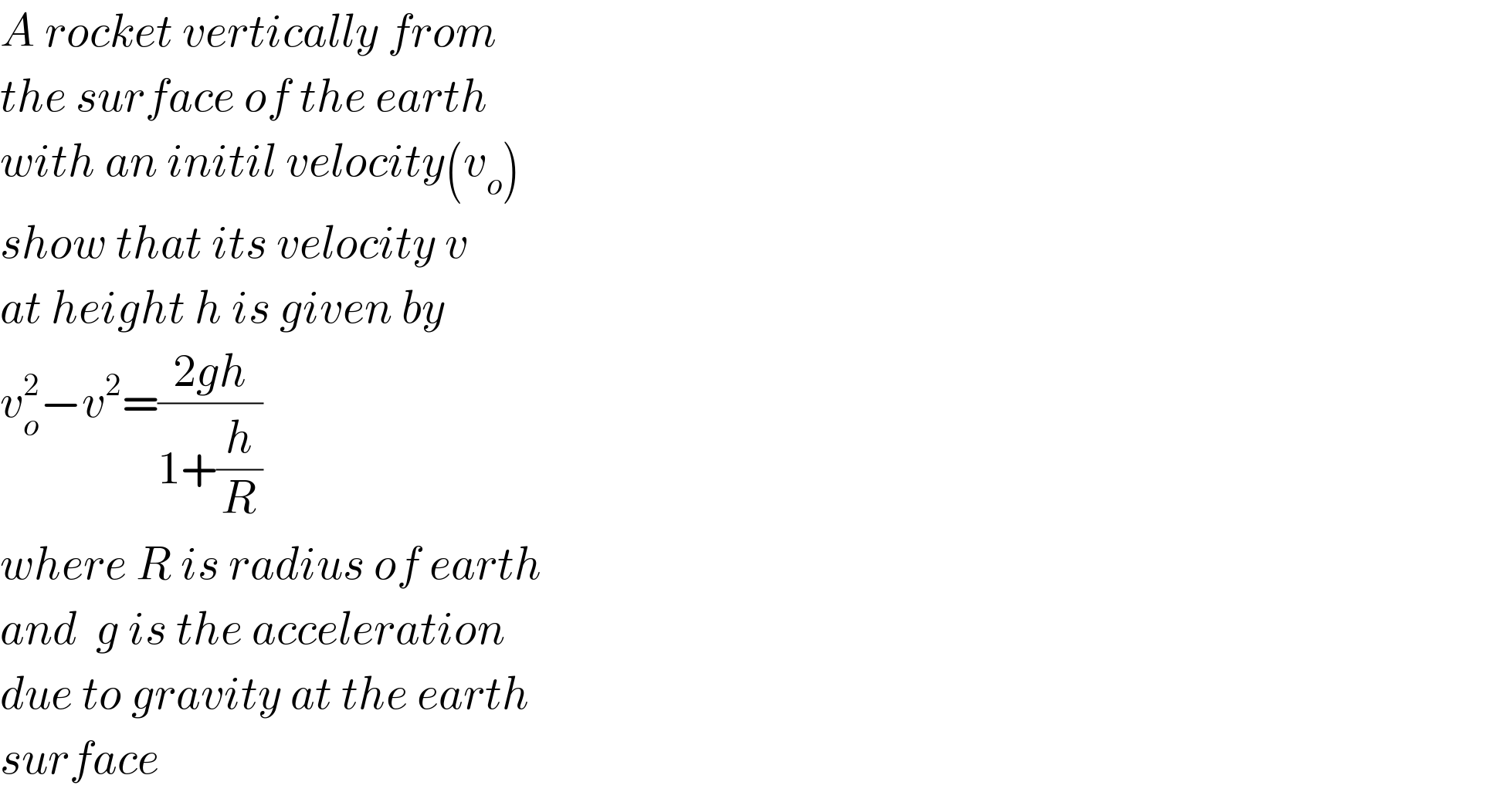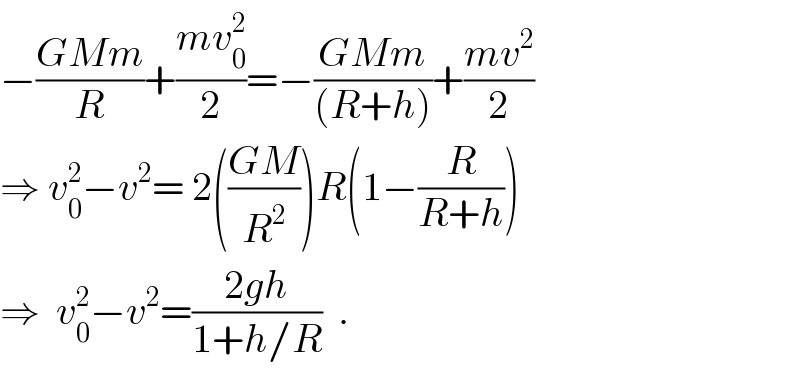
Question and Answers Forum
Question Number 74411 by peter frank last updated on 24/Nov/19

Answered by ajfour last updated on 24/Nov/19

Commented by peter frank last updated on 24/Nov/19

| ||
Question and Answers Forum | ||
Question Number 74411 by peter frank last updated on 24/Nov/19 | ||
 | ||
Answered by ajfour last updated on 24/Nov/19 | ||
 | ||
| ||
Commented by peter frank last updated on 24/Nov/19 | ||
 | ||